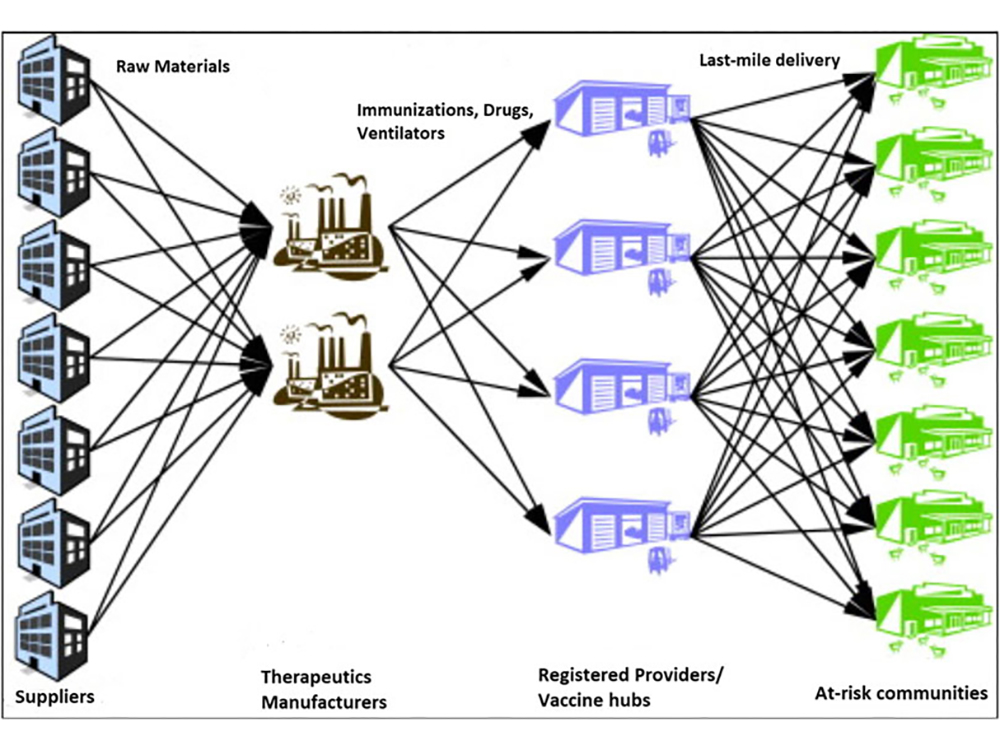Abstract:
Single-walled carbon nanotubes are usually synthesized by catalytic growth driven by reaction of a precursor gas over metallic nanoparticles supported on a substrate. Here we use molecular dynamics simulations (MD) with the purpose of determining how the catalyst−substrate strength of adhesion influences the structure of the carbon networks synthesized on the catalyst surface. It is found that the strength of the catalyst/substrate interaction energies defines the shape of the catalyst particle. When these energies are attractive, the nanocatalyst height decreases due to enhanced wetting and in turn favors the lifting up of carbon nanotube caps during the synthesis process. In addition, the presence of an appropriate substrate may avoid catalyst poisoning. This effect may result from repulsion forces from the substrate toward catalyzed carbon atoms, which cause carbon atoms to diffuse to upper layers, thus keeping the catalyst−substrate interface exposed to continuous catalytic activity. However, too strong metal−substrate interactions may take the cluster to the limit of complete wetting, thus promoting the formation of graphene or amorphous carbon over carbon nanotube-like structures. A growth diagram is constructed in the space of metal−substrate vs metal−carbon strengths of adhesion. The growth diagram defines regions of nanotube growth and encapsulation; in the first we are able to identify also zones of higher or lower quality of the nanotubes grown. This theoretical characterization is very useful to guide a controlled synthesis.
